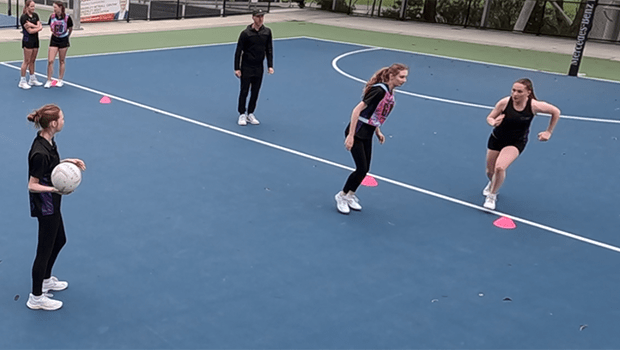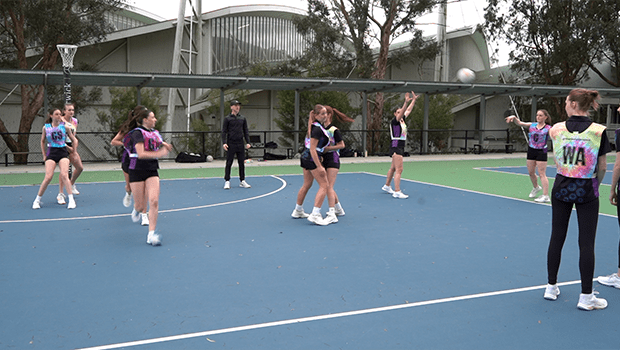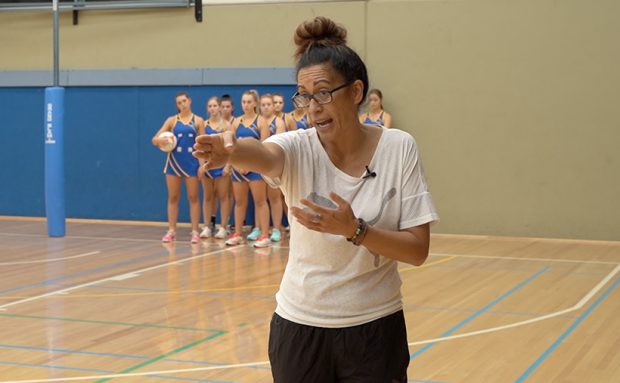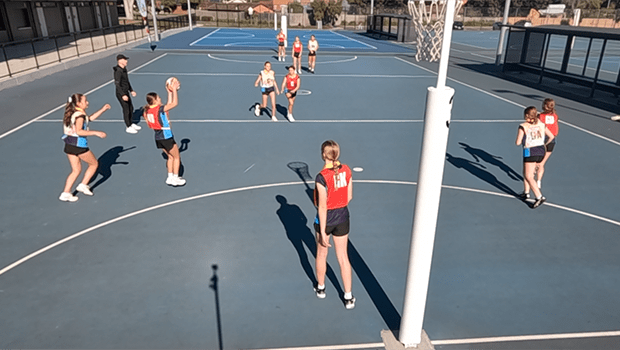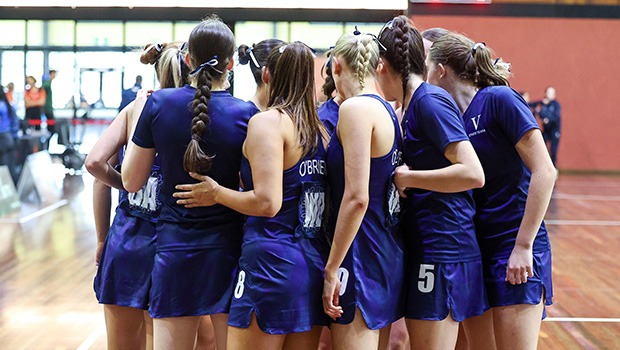If your netball team doesn’t have some sort of plan or structure for your centre passes, you should! And here’s why.
Attitudes towards centre passes vary amongst higher level coaches – some want a definitive set of structures used every time, while others are happy for the players to take the lead and determine who will drive where. But what both strategies rely on is one overriding principle: that all players on the team know what should happen next.
It’s a wasted opportunity when you see players jog up to the line on a centre pass and do their own thing. Inevitably they’ll drive into each other’s space, be forced to pass backwards or sideways, or won’t get free to receive the ball in the first place.
REGISTER: VIEW ALL OF OUR CENTRE PASS STRATEGIES HERE
Just like a serve in tennis, a centre pass is one of the only times where your team has almost full control over what is set up. And a properly executed centre pass play should provide a quick one-two punch that eliminates a lot of passing risks, allows your players to find space easily and puts goals on the board quickly.
Here are a few key principles and ideas to help you turn your centre passes into a weapon that will give your team access to easy goals and keep it scoring freely.
Communicate early every time
On-court talk between teammates is a habit players should be encouraged to embrace as early as possible. The sooner your players begin communicating and helping each other, the better and more effective they’ll be as a unit.
That starts with centre passes, where your WA and GA should quickly talk or signal to each other after a goal is scored, so that they know what they’re setting up. This will help avoid both players driving for the same pass, and helps let the rest of the team know what’s happening.
In many teams you’ll find the WA calling the shots and dictating which centre pass the team will run, however there’s nothing wrong with a GA leading the way if they’re the more assertive or confident player.
Do your work OFF the line
If there’s one sure way to kill a centre pass, this is probably it.
Younger players will often rush to the transverse line and stand stationary on it as the centre pass is about to be taken. This removes any opportunity for preliminary movement or for your WA and GA to work together to create space for each other.
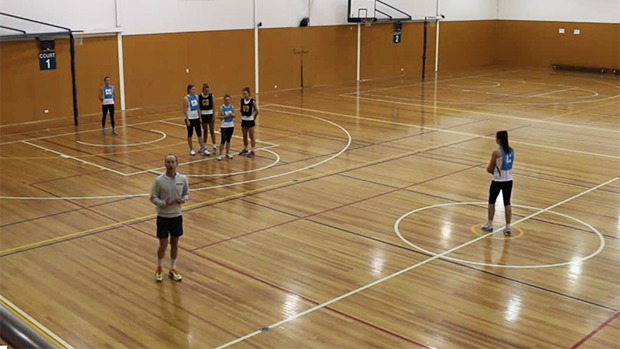
And if the WD and GD are faster than your players and set up their inside, your players will spend the entire quarter driving wide and having passes tipped or intercepted before they reach them.
Encourage your players to start their preliminary movements or structures a metre or two BEFORE the transverse line, to get their opponents moving and help open up space when the whistle goes and they make their drive for the ball.
One player over the line
Ideally, your WA and GA shouldn’t both be over the transverse line on a centre pass.
If one player is able to beat their opponent and get that first pass, there’s no reason why their teammate needs to also be over the line – it will only serve to hold up the play as they drive back into the goal third and try to get free. It also means your GS will often need to drive out of the circle, leaving you with a GS outside the circle with the ball, a GA way up over the transverse line and a WA and C who are most likely in the centre third also.
Many coaches call it “giving a player the line” when a team determines which player will be given the responsibility of making the first drive.
Even on a centre pass ‘split’ setup, the second player only needs to drive over the transverse line if the front/first player isn’t able to get free.
Have a fallback play
What happens when an opposition team gets a run on and everything appears to be going haywire?
Why not have a specific centre pass that your team uses to score an easy goal and stem the tide going the other way?
;
For many junior teams we’ve often used the “overload” centre pass structure, as it makes it very clear to all players on the team what is being set up, and if executed correctly the ball should be on the ring in two quick passes, and straight into your GS.
Drill your players to use their fallback play every time the opposition scores 3-4 goals in a row, and they’ll take confidence from knowing that there’s always an easy goal just around the corner.
Limit your options
You don’t need an endless number of centre pass options – having more than a few for young teams will be confusing and decrease their chances of all players setting things up correctly.
Focus your efforts on mastering a small handful of structures that you know your team can execute well, and will be able to remember under pressure.
